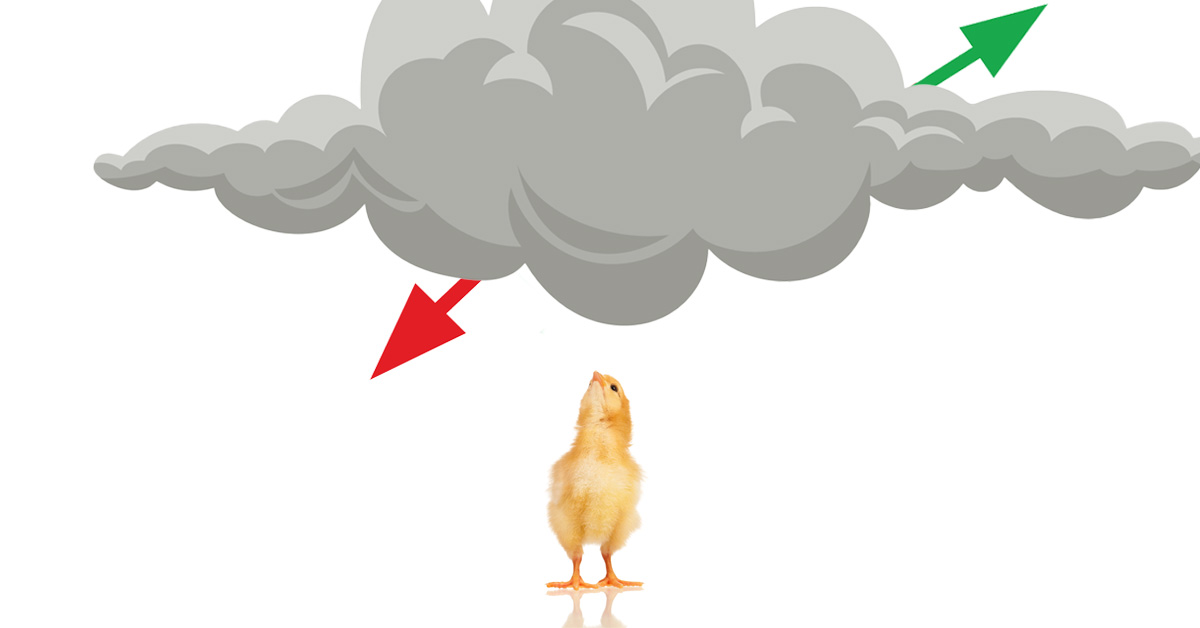Summer in Election Years
Memorial Day weekend is the traditional start of Summer in America. Pools open, vacations are planned, grills are cleaned up across the country, and the classic American staples like corn on the cob and apple pie show up on tables across the fruited plain.
Summer in election years is known as the “silly season” when politicians get up to all kinds of hijinx, from meat-on-sticks photo ops at state fairs to nasty oppo research. This year portends to be sillier and nastier than ever, and we are likely to hear from worried clients. We should all remember we can’t control the silly or the nasty (beyond what’s in our own hearts) or the election or pretty much anything else, but we can counsel patience and discipline, which have always been, are now, and always will be the key ingredients to investing success.
Presidential elections are always a food fight, a quadrennial battle for control of “the narrative.” This year there is a lot to argue about, as Americans are very concerned about real-life problems, like inflation, real wages, and the economy. Also on the list are healthcare, housing affordability, job security due to artificial intelligence and globalization, immigration, ballooning debt, and national security.
That’s quite a list, but in truth, it’s in no way unusual. It’s pretty likely that we’ll hear the quadrennial refrain, “This is the most important election in our history!” and we can admit that we’ve heard that old chestnut before. But, there is a grain of truth in it: what we do now will affect our future, and as for the past cycles, well, what’s done is done.
American History Is a Rough-and-Tumble Tale
To gain perspective, we can take off our backward-looking rose-colored glasses and consider what’s been on the line in past elections. You may find that we’ve got it pretty easy these days when compared with the existential threats our forefathers have faced.
In the early days of our republic, everything was entirely new. Would a president become a tyrant? Could the courts be counted on? Could the U.S. survive aggression from France and England and conquer a continent? Just four score into the experiment, the nation endured the horrors of civil war and then reconstruction and reconciliation.
The U.S. grappled with its own expansion and the explosion of invention from the late 1800s until World War I. Women’s suffrage, prohibition, monopolies, corruption, the income tax, isolationism, and organized crime were just some of the issues our ancestors had to deal with.
For the past 100 years, it’s been decade after decade of bad news and tough choices. In the ‘30s there was the Great Depression with 25% unemployment and massive dislocation. In the ‘40s there was World War II. In the ‘50s, Korea and the Cold War. In the ‘60s, multiple assassinations, Vietnam, Cold War escalation, and the youth revolt.
The ’70s were a terrible mess. Stagflation, two energy crises, terrorism, the hostage crisis. In the ‘80s, there was geopolitical upheaval all over the world, the fall of the Berlin Wall, the breakup of the Soviet Union. In the ‘90s, we had the Gulf War, impeachment, and Y2K. Not so long ago, we had the Great Recession, the TEA party, and environmental and climate concerns.
A clear-eyed look back will find not one decade, one year, or even one day when there weren’t existential threats, when we could say we were truly at peace in the world or even among ourselves. Why would, or should, 2024 be any different?
Investors can take heart from one simple set of statistics, and they relate to the last three national elections. Think back: did you predict Obama in ‘12, Trump in ‘16, and Biden in ‘20? And if you did, did you also predict what those elections would lead to for your portfolio?
We don’t have the numbers, but as a matter of anecdote and memory, we’re guessing that a very small percentage of Americans predicted all three election winners, probably around 12% or so (three consecutive 50/50 chances). And of those who did make the right guess about the winner, how many would have predicted what the S&P 500 would do the following year?
Here are the numbers for 2013, 2017 and 2020: +29.6%, +19.42% and +26.89. Romney and Obama duked it out in a tough election, Trump and Clinton mud-wrestled in one of the ugliest elections in our lifetime, and Trump and Biden fought a bitter contest during a pandemic. Yet the market seemed to validate the results resoundingly.
It’s possible the market doesn’t really care who the president is but rather is a reflection of something larger than one person or party: the spirit of American entrepreneurship and our system of government.
Through the toughest times imaginable, the U.S. as a nation has continued to prosper. When we take a sober look back at what we’ve been through, it’s hard to find a reason to believe that this cycle will be any different.








